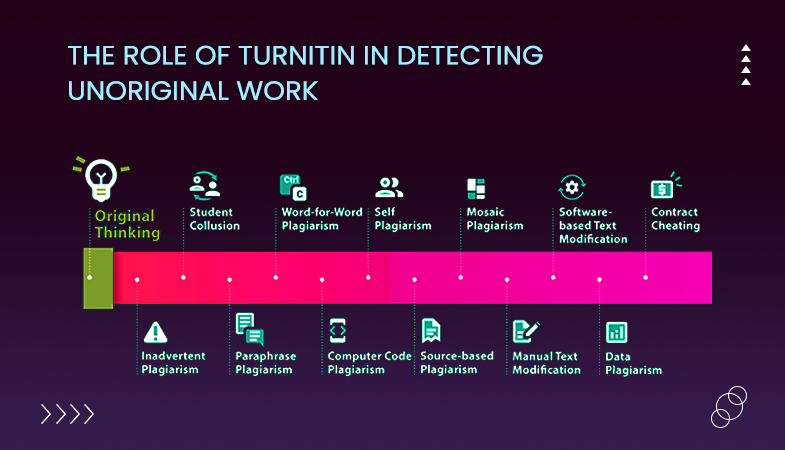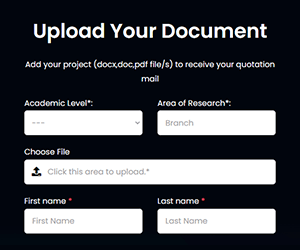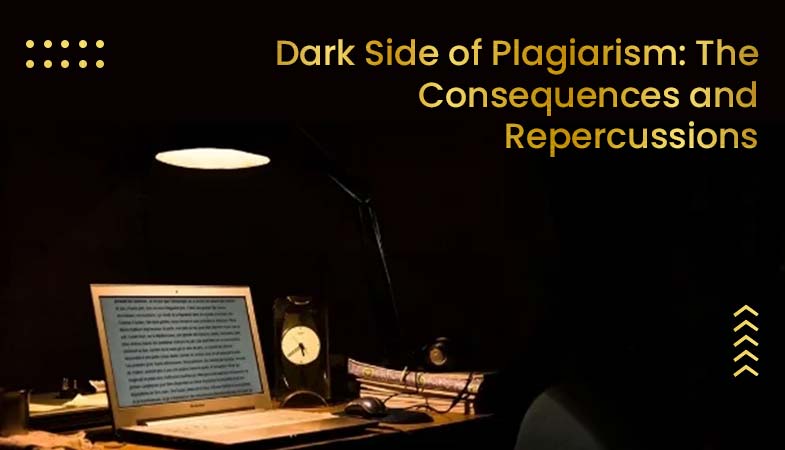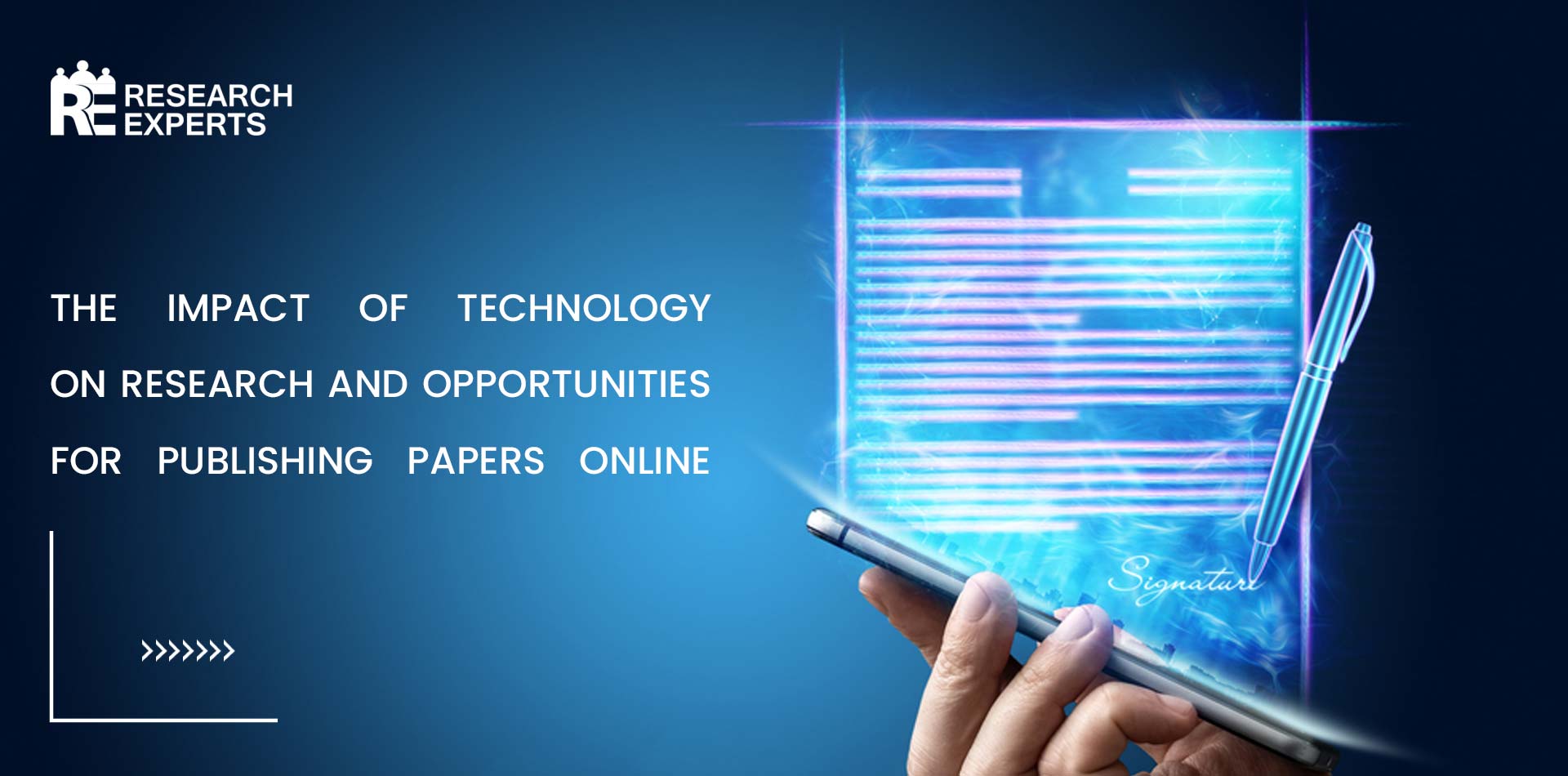
Detecting Unoriginal Work Using Turnitin
Detecting Unoriginal Work Using Turnitin – Turnitin is a software that is widely used by schools and universities to detect unoriginal work in academic papers. It works by comparing the text of a submitted paper to a database of web pages, academic papers, and other sources to identify any text that matches or is similar to existing sources. When a paper is submitted to Turnitin, the software analyzes the text and generates a report that highlights any potentially unoriginal content. This report is then made available to the teacher or professor who requested the check, allowing them to review the paper and determine whether or not unoriginal work has been used. Detecting Unoriginal Work Using Turnitin is very easy, and there are various benefits of that as well.
One of the main ways that Turnitin is used to detect unoriginal work is by identifying instances of copied text. When a student copies text directly from a source and pastes it into their paper without proper citation, this is considered plagiarism. Turnitin is designed to identify copied text by comparing the text in a submitted paper to the content in its database. If it finds a match, it will flag the copied text in the report and indicate the source from which it was taken. Continue reading to learn the benefits of Turnitin as well.
How does Turnitin detect unoriginal work?
-
Paraphrased text
Turnitin is also able to detect unoriginal work in the form of paraphrased text. Paraphrasing is the act of expressing someone else’s ideas in your own words. It is a common technique used in academic writing. However, it is important to properly cite the source of the ideas that you are paraphrasing in order to avoid plagiarism. Turnitin can identify paraphrased text by comparing the wording and structure of the text in a submitted paper to the content in its database. If it finds a close match, it will flag the paraphrased text in the report and indicate the source from which the ideas were taken.
-
Recycling text
In addition to detecting copied and paraphrased text, Turnitin is also able to identify unoriginal work in the form of text that has been modified using synonyms or other techniques. This type of unoriginal work, known as “text recycling,” involves taking ideas or concepts from a source and expressing them in different words. While this approach may be used in an attempt to avoid detection, it is still considered plagiarism because the ideas and concepts being expressed are not original to the person who is presenting them. Turnitin can identify text recycling by analyzing the content and structure of the text in a submitted paper and comparing it to the content in its database.
-
Re-using submitted data
Overall, the role of Turnitin in detecting unoriginal work is crucial in helping schools and universities maintain academic integrity and prevent plagiarism. By comparing the text in submitted papers to a vast database of sources, Turnitin is able to identify instances of copied, paraphrased, and recycled text and alert teachers and professors to potential issues. This allows them to review the paper and make an informed decision about whether or not unoriginal work has been used.
Conclusion
If you are a student and you are asked to submit a paper to Turnitin, it is important to understand how the software works and to make sure that your work is original and properly cited. If you are unsure about how to properly cite sources or avoid plagiarism, you should ask your teacher or professor for guidance or look for resources on citation and plagiarism from reputable sources. Remember, honesty is the best policy when it comes to academic work, and taking shortcuts or trying to cheat can have serious consequences.








